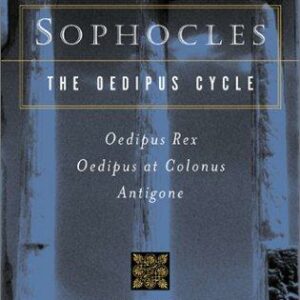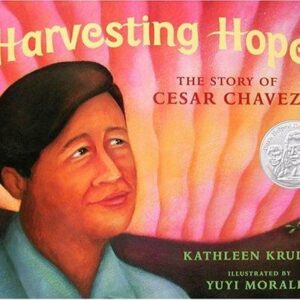Border Water
$100.00
| Title | Range | Discount |
|---|---|---|
| Trade Discount | 5 + | 25% |
- Description
- Additional information
Description
The international boundary between the United States and Mexico spans more than 1,900 miles. Along much of this international border, water is what separates one country from the other. Border Water provides a historical account of the development of governance related to transboundary and border water resources between the United States and Mexico in the last seventy years. This work examines the phases and pivot points in the development of U.S.-Mexico border water resources and reviews the theoretical approaches and explanation that impart a better understanding of these events. Author Stephen Paul Mumme, a leading expert in water policy and border studies, describes three important periods in the chronology of transboundary water management. First, Mumme examines the 1944 Water Treaty, the establishment of the International Boundary and Water Commission (IBWC) in 1945, and early transborder politics between the two governments. Next, he describes the early 1970s and the rise of environmentalism. In this period, pollution and salinization of the Colorado River Delta come into focus. Mumme shows how new actors, now including environmentalists and municipalities, broadened and strengthened the treaty’s applications in transboundary water management. The third period of transborder interaction described covers the opening and restricting of borders due to NAFTA and then 9/11. Border Water places transboundary water management in the frame of the larger binational relationship, offering a comprehensive history of transnational water management between the United States and Mexico. As we move into the next century of transnational water management, this important work offers critical insights into lessons learned and charts a path for the future.
Border Water places transboundary water management in the frame of the larger binational relationship, offering a comprehensive history of transnational water management between the United States and Mexico. As we move into the next century of transnational water management, this important work offers critical insights into lessons learned and charts a path for the future.
Stephen Paul Mumme is a professor of political science at Colorado State University with a long-time research interest in U.S.-Mexico water and environmental policies. He is recipient of the Association for Borderlands Studies’ Lifetime Achievement Award.
Researchers, journalists, professors, and students (graduate and undergraduate) interested in U.S.-Mexico water management, U.S.-Mexico water history, Southwestern water management, transboundary water politics, U.S.-Mexico relations, international boundaries, and environmental policy. These areas are all interdisciplinary in nature, bridging political science, public administration, history, geography, sociology, hydrology, and international water law.
“Mumme’s work is a towering achievement, the distillation of decades of careful observation, research, and interaction with key figures and scholars in the field. The framework outlined in this book and its magisterial insights into the stature of the 1944 Water Treaty set the standard for the field for decades to come.”—Evan R. Ward, author of Border Oasis: Water and the Political Ecologyof the Colorado River Delta, 1940–1975 “In this extensively researched monograph, Stephen Paul Mumme tells a fascinating history—or more accurately, fascinating histories—about how the International Boundary and Water Commission (IBWC) was born with the signing of the 1944 Water Treaty by the United States and Mexico just as World War II was ending. Mumme then explores three distinct phases of the IWBC’s history that unfolded due to the treaty’s existence and examines how well the IBWC has met the many challenges it has faced. Mumme closes with valuable lessons learned and insightful thoughts about what the U.S.-Mexico border region and the IBWC may see in their shared history of water diplomacy.”—Christopher Brown, New Mexico State University
Additional information
| Dimensions | 1 × 1 × 1 in |
|---|








